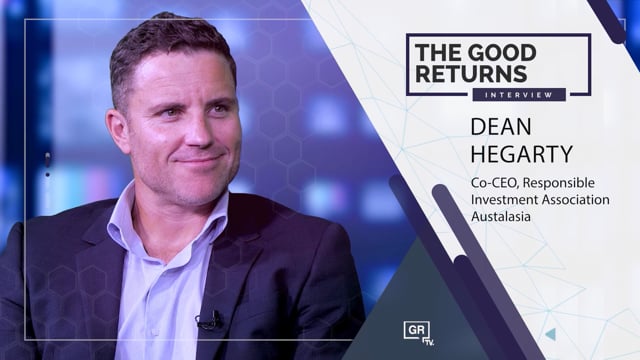Advisors must take note of supervisor guidelines on AML/CFT
Ignore supervisor guidelines at your peril is the advice from compliance firm Strategi as AML/CFT undergoes a makeover and fresh regulations come into force.
Thursday, December 5th 2024, 9:57AM  2 Comments
2 Comments
by Kim Savage
As part of its overhaul of AML/CFT, the government’s moving supervision of the regime to a single supervisor, the Department of Internal Affairs, which will see financial advisors move across from the FMA. There will also be changes to the funding model.
In addition, a third layer of regulations in the legislation takes effect from June next year.
The current supervisors have jointly issued guidance for entities navigating the changes, Strategi Group Executive Director David Greenslade told participants in a Financial Advice New Zealand online event it would be remiss of them to ignore it.
“Guidance for AML is not the same as guidance that a regulator might put out,” he says.
“When it comes to AML/CFT, the law says that we must have regard to any supervisor guidance.
“When you're building your risk assessment and you're building your programmes, it's a really good idea to add into it the list of all of the supervisor guidelines that you've taken into consideration.”
David Greenslade says advisors need to carefully consider how the guidelines apply to their business, make the necessary changes to their AML/CFT procedures and policies, and importantly, be in a position to show the supervisor their work.
“The supervisors are looking to make sure everything is kept up to date.
“And you go, ‘Well, do I really have to worry about keeping it up to date?’ And the answer is absolutely, because section 59 of the AML CFT Act says your program must be kept up to date,” he says.
Recent audits his company had carried out revealed advisors are not yet rolling in the next tranche of AML/CFT regulations into their programmes, and it’s time they did.
But Greenslade doesn’t believe advisors will get stung straight away if they don’t quite get it right the first time.
“Everyone sort of puts the fear of God into us all about massive penalties of $200,000 for individuals, and $2 million or so for reporting entities,” he says.
“And sure that sort of level of penalty is being handed out, but that's at the serious end of the panel where normally these supervisors are trying to put a warning shot across our bows.”
The supervisors want their reporting entities to get it right, says Greenslade, and will normally offer a timeframe for meeting their expectations.
“Now we need to take that stuff seriously, because if we don't fix things, then they up the ante, and then we go into warnings, and then formal warnings, then enforceable undertakings, and then it just mushrooms from there.”
AML/CFT programmes do not necessarily need to be extensive for advisors who might realistically be ‘low risk’ under the legislation, so long as an advisor can justify their inclusions and exclusions based on their risk assessment, says Greenslade.
| « Investors’ eyes are on the prize with growth in impact funds | Market maturity barrier to ETF growth in NZ » |
Special Offers
Comments from our readers
Well, times must be tough having to resort to scaremongering tactics.
Sign In to add your comment
| Printable version | Email to a friend |




Venue was a US financial planning conference maybe 30 years ago.
Speaker was a former P&G marketing guru who had moved into financial planning marketing. The guy was imposing - built like an NBA power forward.
He said that advisers need a good techniqu. He said with arm choreography that "your aim is to find the client's wound. And take your spear and thrust the tip into the wound and wind it up and down and around." He added that at the moment the client was screaming with maiximum pain, he added "whisper in the client's ear that you have the magic potion to take away the pain"